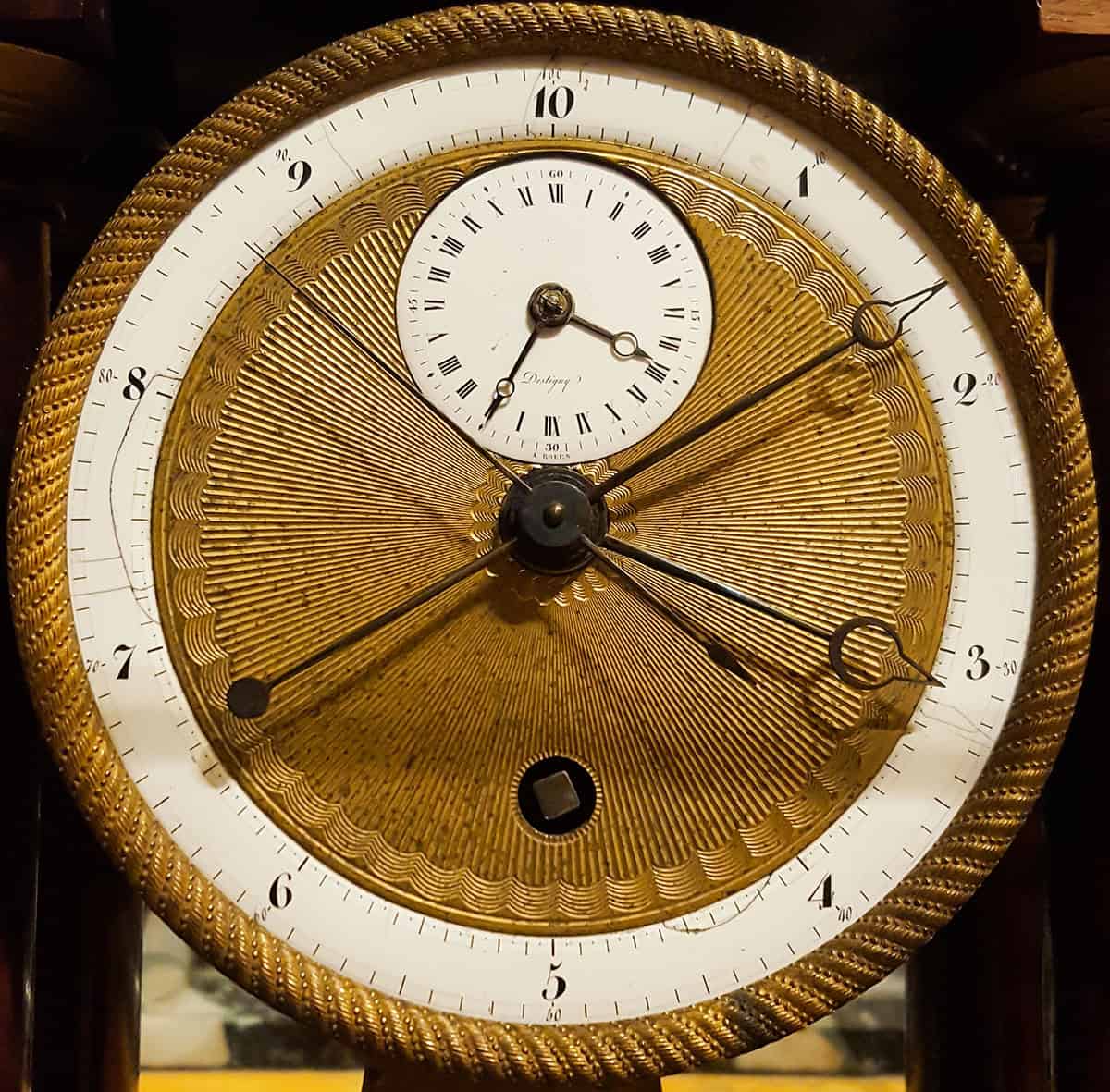The International Atomic Energy Agency (IAEA) has been supporting researchers for six decades in analyzing water samples and tracking its movement through the land, ocean, and atmosphere. By analyzing the isotopic ‘fingerprint’ of water, scientists can trace its path through the water cycle and monitor pollution along the way.
Over sixty years ago, in 1962, water samples were first sent to the IAEA’s laboratories in Vienna where detailed information about the water’s origin and age was analyzed and added to the largest online isotopic hydrology database. This data helps countries meet Sustainable Development Goal 6 (Clean Water and Sanitation) and advance the Water Action Agenda.
These resources are available worldwide to analysts, providing them with long-term, large-scale data to understand climate processes at different scales. By studying these datasets and maps, researchers can gain a better understanding of global rainfall patterns impacting local water resources and identify sources of pollution.
With this knowledge, decision-makers can manage water resources more effectively, especially as climate change continues to pose challenges. Through analyzing this extensive dataset, scientists can also assess changes in precipitation patterns and understand how different rainfall events affect groundwater systems. Overall, isotope hydrology is a vital tool for managing our world’s most precious resource – water.


.png?disable=upscale&width=1200&height=630&fit=crop)
